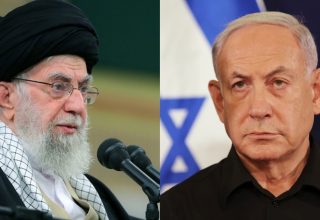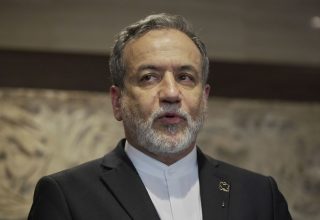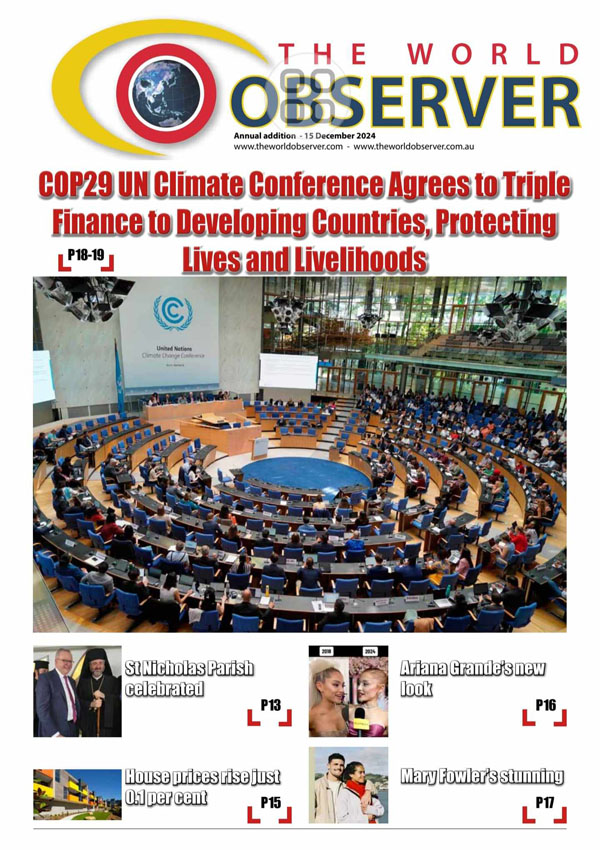
The Global Methane Pledge, which was first announced in September, now includes half of the top 30 methane emitters accounting for two-thirds of the global economy, according to the official.
Among the new signatories to be announced on Tuesday is Brazil – one of the world’s five biggest emitters of methane.
China, Russia and India, also top-five methane emitters, have not signed on to the pledge, while Australia has ruled out reducing methane emissions in line with the group’s target.
Since it was first announced in September with a handful of signatories, the United States and European Union have worked to get the world’s biggest methane emitters to join the partnership.
Roughly 60 countries signed up only last week, after a final diplomatic push from the United States and EU ahead of the COP26 summit
While it is not part of the formal UN negotiations, the methane pledge could rank among the most significant outcomes from the COP26 conference, given its potential impact in holding off disastrous climate change.
A UN report in May said steep cuts in methane emissions this decade could avoid nearly 0.3C of global warming by the 2040s.
Failing to tackle methane, however, would push out of reach the Paris Agreement’s aim to limit global temperature rise to 1.5C above preindustrial levels and avoid the worst impacts of climate change.
The 30 per cent methane cut would be jointly achieved by the signatories, and cover all sectors.
Key sources of methane emissions include leaky oil and gas infrastructure, old coal mines, agriculture and landfill sites.
If fulfilled, the pledge is likely to have the biggest impact on the energy sector, since analysts say fixing leaky oil and gas infrastructure is the fastest and cheapest way to curb methane emissions.
The United States is the world’s biggest oil and gas producer, while the EU is the biggest importer of gas.





































 The World Observer Media produces a daily online newspaper, a daily Arabic online newspaper and a monthly printed Arabic/English magazine and a weekly printed Arabic/English newspaper.
The World Observer Media’s mission is to entertain and educate all generation from the Ethnic Communities in Australia, who are interested in local, national and foreign information.
The World Observer Media produces a daily online newspaper, a daily Arabic online newspaper and a monthly printed Arabic/English magazine and a weekly printed Arabic/English newspaper.
The World Observer Media’s mission is to entertain and educate all generation from the Ethnic Communities in Australia, who are interested in local, national and foreign information. 


